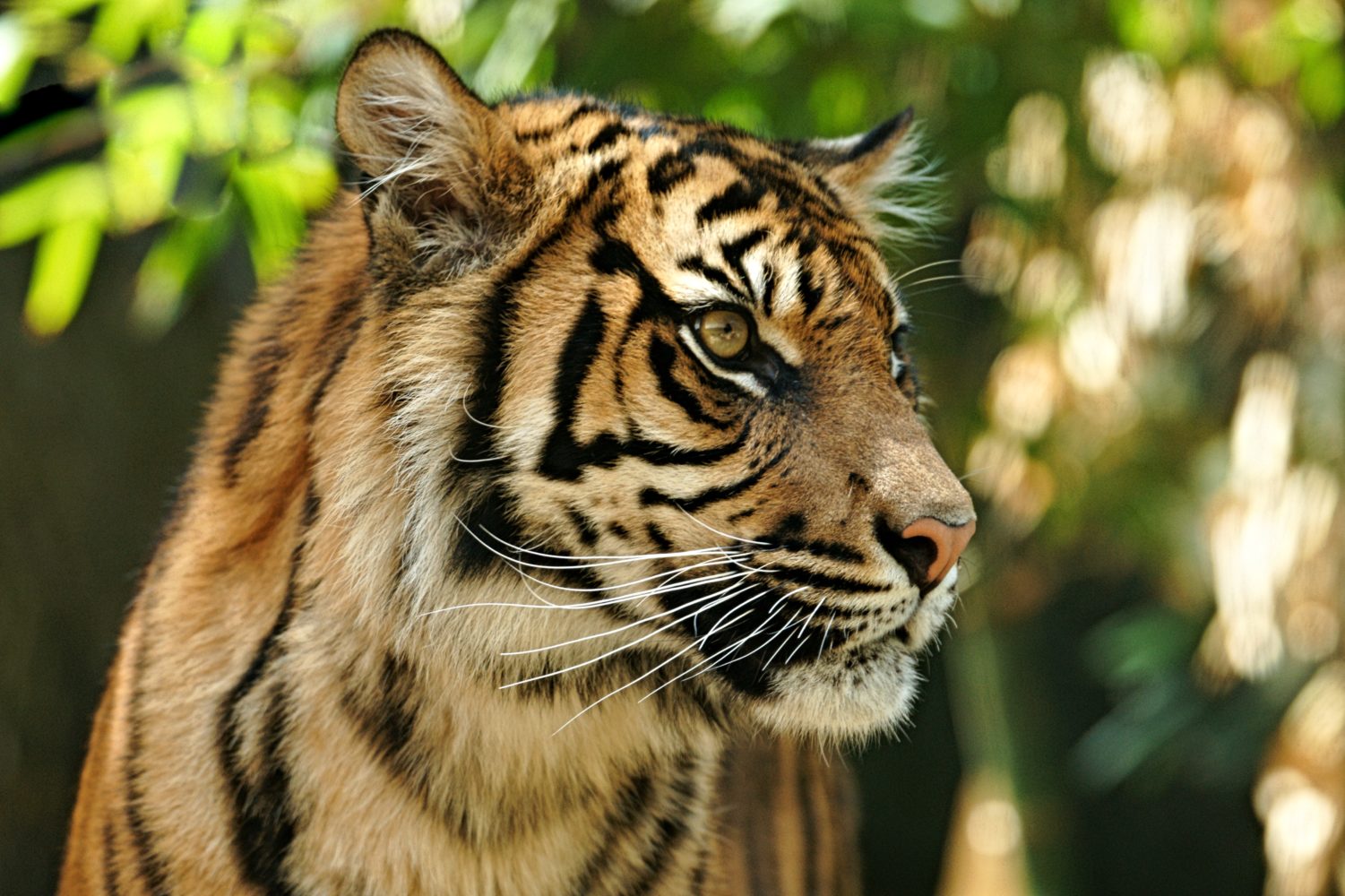
by Natalie Yera
It’s now suspected that there are more tigers living in private homes and backyards than in the wild. About 80 percent of the wild cat species around the globe is shrinking, and 16 are considered vulnerable, endangered or critically endangered. Human activity is chiefly to blame: poaching, hunting, the destruction of habitat, loss of prey and climate change.
Dr. Luke Hunter, president and chief conservation officer for Panthera, a global wild cat conservation organization, noted that these animals, as apex predators, are important to save: “They live at the very top of the food chain. Apex predators play a crucial role in the preservation of the food web, structure and baseline ecological processes on which all life depends.” Hunter added, “The resilience of this apex predator and its importance to countless ecosystems are what makes protecting them, their landscapes and the incredible variance of life within those landscapes—including people—so important.”
The hunting of big cats and other animals became part of the U.S. presidential election when photos resurfaced of Donald Trump’s older sons showing off their trophies: a killed leopard, elephant, crocodile and more. Where do preserving the environment and protecting this planet’s animals fall in Trump’s plan? Answer: They don’t. Trump’s official campaign website does not address the environment or animal rights.
If you’re looking for ways to help during this time of uncertainty for endangered cat species, here are three organizations to consider.
Panthera
Founded in 2006, Panthera is devoted to the protection of wild cats—such as tigers, lions, pumas and cheetahs–and their ecosystems. Panthera teams up with cat biologists, international nongovernmental organizations, local communities, governments and ordinary citizens. One of Panthera’s plans, “Tigers Forever,” hopes to increase the Asian tiger population in select locations by 50 percent in 10 years and calls for monitoring tigers to prevent poaching, among other strategies. Another plan, “Snow Leopard Program,” leads or aids conservation activities in seven of the 12 countries where snow leopards live, such as China and India. Using technology designed to monitor animals in remote areas, Panthera is collecting data on how to best protect the snow leopard. As of October 2016, Panthera has also been working with other organizations to assist in the jaguar conservation in the Amazon and combat deforestation.
The Wildcat Sanctuary
The Wildcat Sanctuary in Sandstone, Minn., provides a haven for wild cats in need and works to change Americans’ attitudes about these animals. Unfortunately, many people who buy big cats for the sake of entertainment find out quickly that they are unable to care properly for these animals and end up sending them to sanctuaries. TWS acts as a no-kill nonprofit that provides a refuge for the rest of the cat’s life. This sanctuary, unlike others, is not open to the public. TWS attempts to create the most natural life possible for the cats, meaning little to no human contact. The ultimate goal of TWS is to create a future in which an organization like itself is no longer needed. Through education and sharing the stories of the animals it cares for, it hopes to dampen prospective big cat owners and urges the adoption of smalls cats from pet shelters. In July 2016 Bob Barker, the former host of “The Price Is Right”, donated $50,000 to the nonprofit to be used for the construction of a temperature-controlled building for the cats.
Wildlife Conservation Society: Big Cats
Wildlife Big Cats is a subgroup of the Wildlife Conservation Society focused on saving wildlife and wild places through science, education and conservation and by inspiring individuals about the value of big cats. The main cats it focuses on are tigers and lions, because they have suffered the highest amount of losses due to illegal poaching. WCS works with partners such as the African Conservation Fund, Centre for Wildlife Studies and Greenpeace to enforce laws through the training of rangers, intelligence works and more. Additionally, it works with local communities to ensure that there is a stable amount of prey available for these big cats. WCS is also known for captive breeding, which can be a touchy subject for conservationists, but WCS believes that breeding helps with the preserving and recover process for endangered species. By displaying these animals in the public, it creates an awareness and understanding that these animals are endangered and worth fighting for.
ABOUT THE AUTHOR
Natalie Yera is in her first year of the M.A. program in publishing and writing at Emerson College. She recently returned from spending five months studying in London and a month backpacking through parts of Eastern and Western Europe. Natalie has a deep love for Corgis and thin-crust pizza. She is originally from Buffalo, N.Y. Follow her at @NatalieYera.




